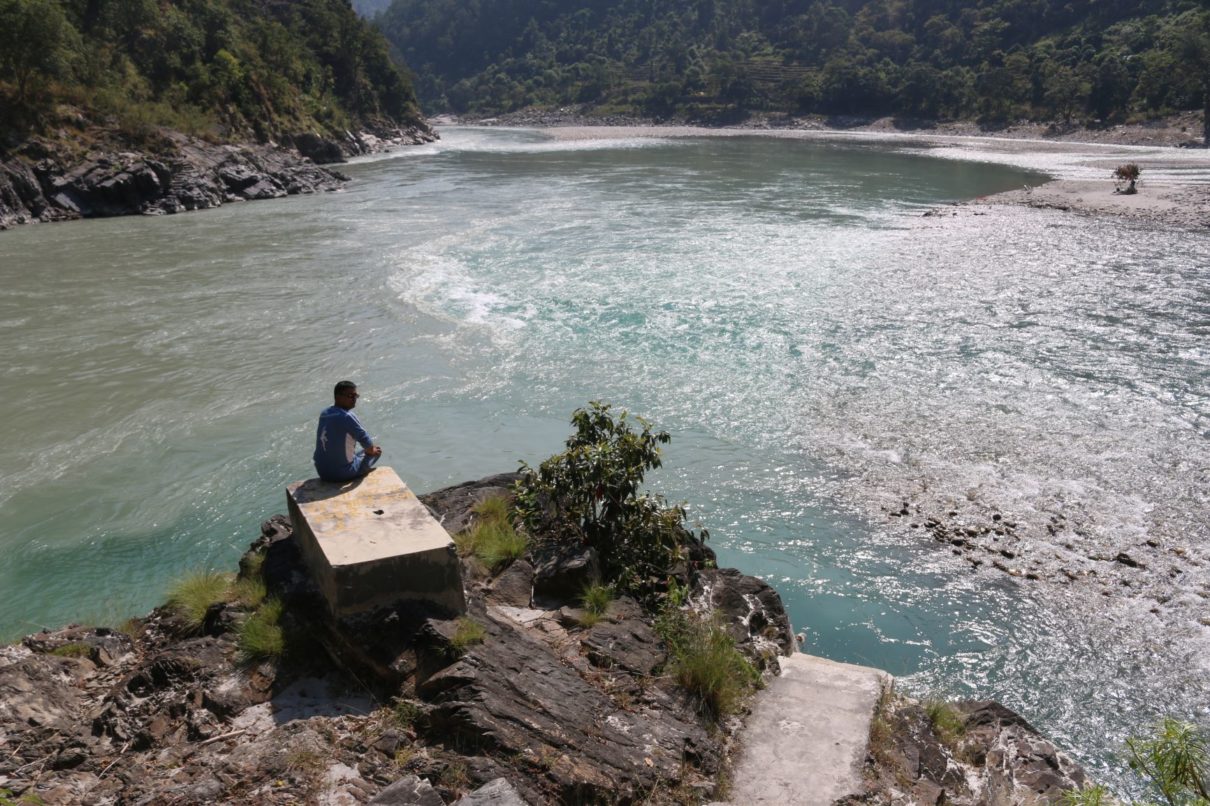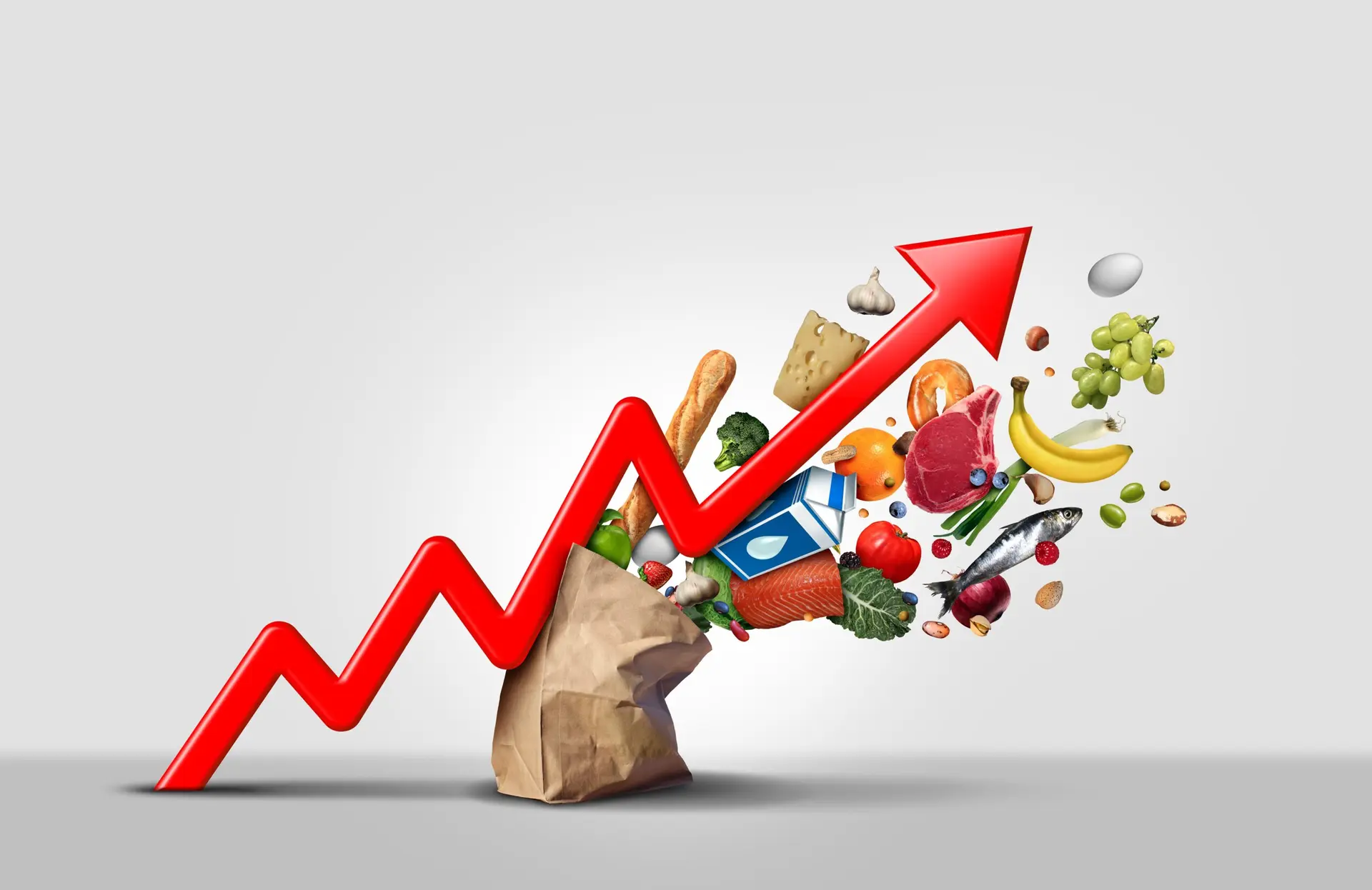Her friend, Shova Ghimire, 37, says she carries a water bottle with her and gets it refilled at the office and cafés multiple times a day. “I still have to buy a cup of coffee at cafés to get that water refill. Very rarely do I walk into a coffee shop or restaurant and ask them to refill my bottle and get it done for free,” she says. Both Basnet and Ghimire say they want to create as less plastic waste as possible but our system isn’t supportive of that sustainable lifestyle practice. Most restaurants, they agree, don’t care about the waste they are generating as long as they can reap the profits.
Sinom Magar, staff at Croissant Café in Thapathali, Kathmandu, says plastic is inevitable at restaurants. Most drinks—like iced coffees and fresh juices—require straws and customers will ask for them if they don’t put one in their drinks. Magar doesn’t see an alternative to it. Bamboo, glass or steel straws aren’t practical as they need to be cleaned rigorously, nor are they very hygienic. Similarly, many random coffee shops around Kathmandu (in Ratopul, Sanepa, Jawalakhel, and Patan) claimed, with around 70 to 100 takeaways in a day, doing away with paper or plastic cups wasn’t an option. They were, however, open to the idea of customers bringing their own cups and said they would be willing to give discounts to them as well. Right now, with the exception of one or two regular customers who bring their own mugs five out of ten times, no one does so. “It’s about convenience. No one wants to carry around a bulky mug in their bags,” says Asim Khatri, owner of Rock Beans Coffee at Arun Thapa Chowk in Sanepa and in Chobhar. He says foreigners usually bring their own mugs whenever they come for takeaways but Nepalis don’t. Instead, most will drink their coffee there and then ask for the remaining to be transferred into a disposable cup if they need to leave suddenly. Rock Beans Coffee is trying to dissuade takeaways by working on creating a good ambience, so that people will choose to sit down with a cup of coffee instead of rushing out the door with a disposable cup in their hands. Not everyone, however, shows the same inclination to cut down on plastic waste. At Paris Bakery, which has kiosks at various Bhatbhateni Supermarkets in Kathmandu, a plastic-lined takeaway box is used for every order. Even when customers want to have a single pastry or chicken patty sitting on one of the stools lining their booth, they give it in a box, coupled with a tiny plastic spoon, barely bigger than your forefinger. I recently asked the waitress at the Pulchowk outlet why they use a box even when there’s no need for one. She said they didn’t have plates, and had been instructed to use the boxes for each order. Similarly, at Thakkhola, a popular restaurant that serves Thakali food, bottled water is kept at every table. The same is true for Bajeko Sekuwa where you ask for a glass of water and they bring you an empty glass and a mineral water bottle. Most restaurants sell bottled water at up to five times the regular market price, and asking customers if they want regular water or mineral water has become a neat little business trick to earn quick profits. “That this creates a lot of waste is a last thing on their minds,” says Ghimire. Rabindra Shrestha, who owns a small grocery store in Jawalakhel, Lalitpur, says bottled water is one of the fastest selling items. Every day, he sells at least 24 bottles of water along with a large roll of disposable cups (around100 pieces). Shrestha says offices in the area regularly buy disposable cups because of water shortage that makes washing up difficult. The garbage bin at the corner of his store was close to overflowing with plastic waste when I was there in the afternoon. Everything is wrapped or bottled in plastic so it’s hard to avoid, he says. When the government had initially banned plastic bags, people had no option but to carry a basket or a cloth bag for their shopping. But now shops have again started providing plastic bags. Weak implementation of rules and zero monitoring have led to repeated failure of the plastic ban. However, apart from banning plastic bags the government’s attention also needs to be drawn to all the unnecessary use of plastic at cafés and restaurants. Doing something about this could drastically reduce the bulk of trash, say those who work in waste management. Basnet adds it’s also up to us consumers to be a little conscious of our habits as well, instead of just relying on authorities to step up and do the needful. “If we all say no to disposable items whenever we can, we could make some headway in solving this plastic problem,” she says.











